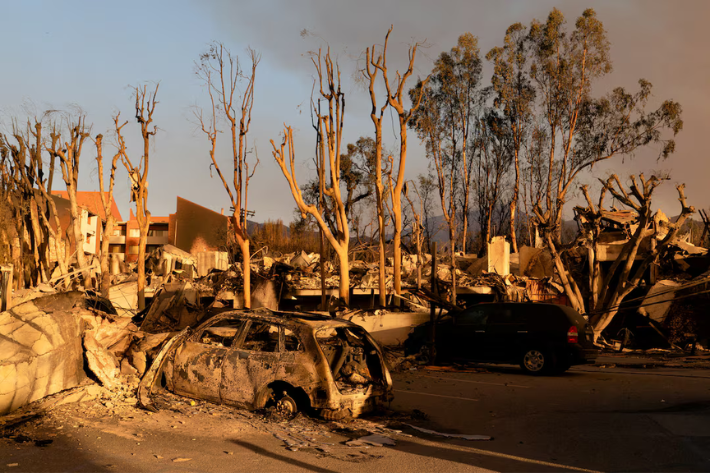Global temperatures were more than 1.5 degrees Celsius above pre-industrial times yet again last month, as the world witnessed its hottest January on record.
The global average temperature in January was 1.75C higher than in pre-industrial times, scientists at the European Union’s Copernicus Climate Change Service (C3S) said in a monthly bulletin on Thursday.
The C3S bulletin outlined how January was the 18th of the past 19 months in which the planet has breached the crucial 1.5C warming threshold outlined by The Paris Agreement.
Also on AF: Spending on Global Energy Transition Well Under What’s Needed
Global average temperatures have exceeded the 1.5C warming level every month since July 2023, except for in July 2024.
While a strong, naturally-occurring El Nino weather pattern had contributed to last year’s unprecedented warming, scientists had expected a shift to a cooling La Nina system would help bring down temperatures.
During La Nina, equatorial Pacific waters tend to cool down, which can curb global temperatures.
However, that is yet to happen. Early this month, temperatures at the North Pole jumped more than 20C above average with actual temperatures reaching beyond the 0C melting point of ice.
Scientists told the UK’s The Guardian newspaper that the warming at the North Pole was “a very extreme winter warming event” that is “relatively rare.” They said extra-hot seas in the north-east Atlantic had been driving the phenomenon.
La Nina’s cooling effect uncertain
Global warming trends have persisted even though El Nino peaked more than a year ago.
“The fact that we’re still seeing record temperatures outside of the influence of El Nino is a little surprising,” Samantha Burgess, Strategic Lead at the European Centre for Medium-Range Weather Forecasts, which runs the C3S service, said.
Copernicus assesses that La Nina has not yet fully developed, and the world is currently in neutral conditions between the two phases. Other data models can vary, with US scientists indicating last month that La Nina conditions had formed.
Even if La Nina does fully emerge, Burgess said its cooling effect may not be enough to temporarily curb global temperatures.
Global warming has been intensified by several factors like the extreme heat seen in other ocean basins. Emissions of heat-trapping greenhouse gases, meanwhile, remain the main driver of climate change.
“By far and away the largest contributing factor to our warming climate is the burning of fossil fuels,” Burgess said.
Scientists at Berkeley Earth and the UK Met Office have said they expect 2025 to be the third-warmest year on record.
- Reuters, with additional editing and inputs from Vishakha Saxena
Also read:
Oil Giants Ditch Renewables, Double Down on Fossil Fuels
Asian Steelmakers Failing on Shift to Renewables, Survey Finds
Solar Power Deployed 100 Times Faster Than Nuclear – PV
Nearly One in Every Two Cars Sold in China Was Electric in 2024
2024 Was China’s Warmest Year Since 1961, Shanghai Roasted
Arctic Tundra Now Emits More Carbon Than it Stores
Saudi, Oil Producing States Block Hopes for UN Plastics Treaty
























